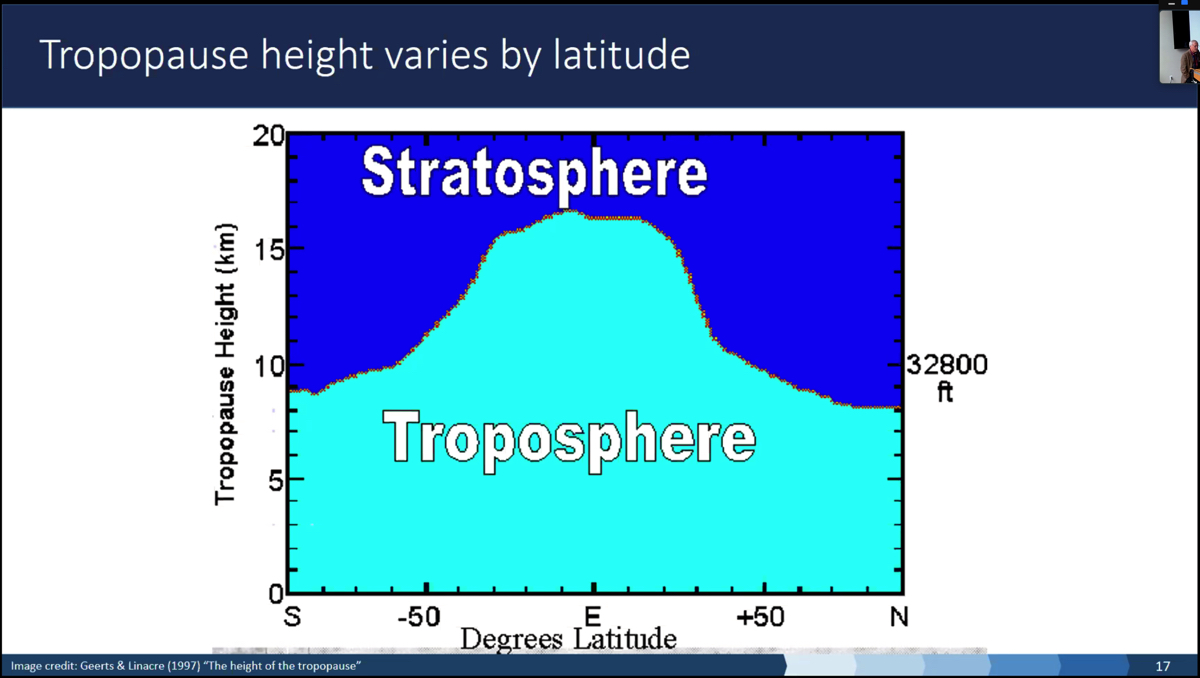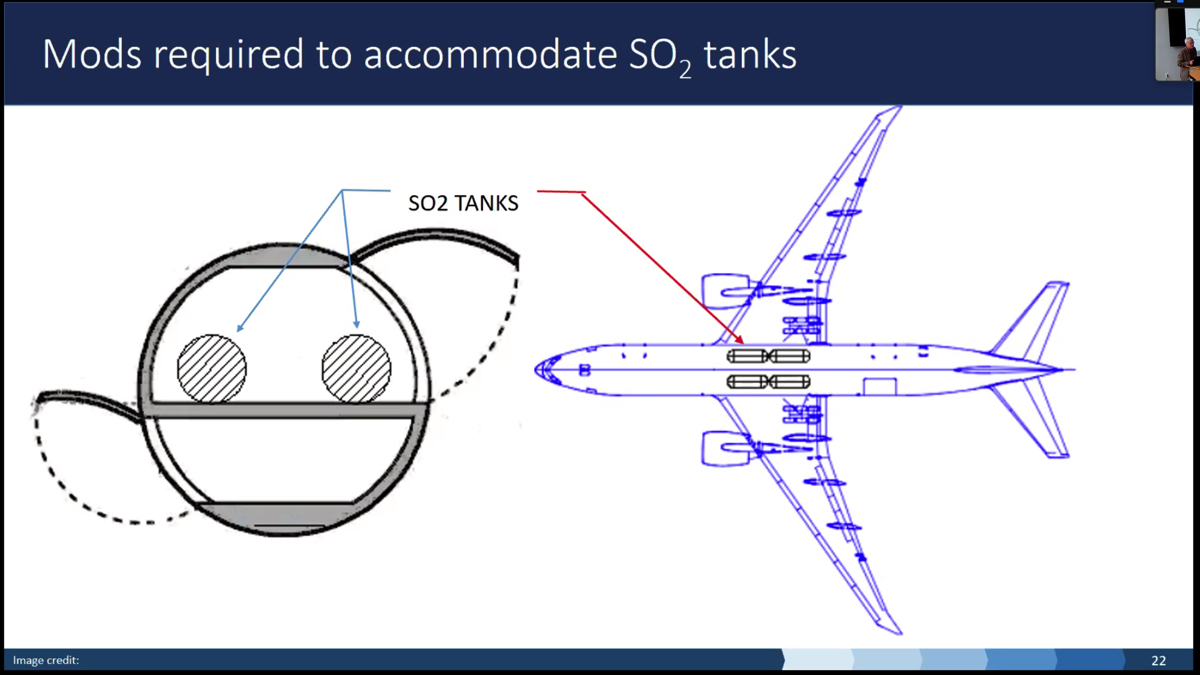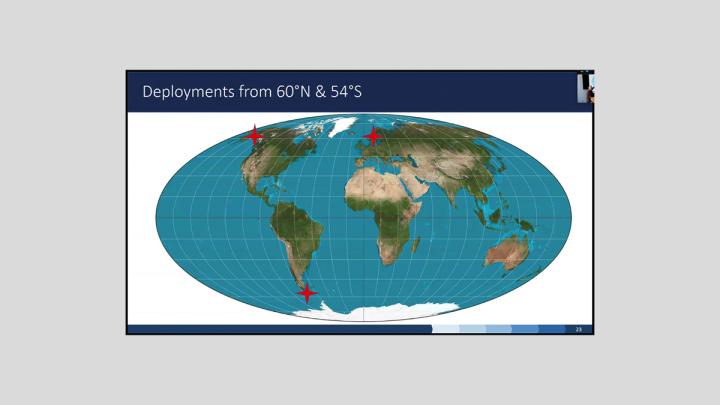While climate change is frequently discussed as a problem of gradual warming, numerous features in the global climate system are thought to be at risk of flipping suddenly from one stable state to another. Scientists worry that a few of these tipping points could lead to catastrophic outcomes. For instance, the cessation of Atlantic Ocean currents that transport warm water north from Florida to Western Europe, could mean an estimated 17 degrees Fahrenheit of cooling in the U.K., causing crop failure. Other tipping points, such as the release of CO2 and methane from thawing Arctic permafrost (where massive quantities of carbon have been frozen for thousands of years), might lead to runaway global climate change.
Observing that many of the most profound of these climate risks are located in Earth’s polar regions, Wake Smith, a research fellow at the Mossavar-Rahmani Center for Business and Government, spoke at the Harvard Kennedy School on April 15 about a speculative engineering solution that focuses on cooling the poles. Smith, who teaches an undergraduate course on geoengineering at Yale, is the author of Pandora’s Toolbox: The Hopes and Hazards of Climate Intervention (2022); before that, he had a long career in the aviation industry, including in custom refitting aircraft. He discussed the feasibility of stratospheric aerosol injection at high latitudes—the release of reflective particles into the atmosphere above the poles to reduce solar radiation. Developing this capability, he argued, would be akin to purchasing a fire extinguisher that could be used in the event of an emergency.
Smith prefaced his talk by noting that despite rapid growth in renewable energy production, carbon emissions continue to rise. “When you find yourself in a hole, the first rule is to stop digging. And that’s what we need to do vis-à-vis [carbon] emissions cuts.” He said he is “convinced that we will additionally need adaptation, we’ll need to build sea walls and buy more air conditioners…. We will need carbon capture in a very substantial way—and not simply trees, but the ugly industrial machines that look a lot like the problems that got us into this in the first place.” But he also worries that, to mitigate the most harmful effects of global warming, solar geoengineering may become necessary. “The quip is ‘it’s a bad idea whose time may nonetheless come,’” he said about that approach, adding, “and I increasingly believe both sides of that sentence.”
The idea of launching reflective aerosols—“toxic chemicals,” as Smith later described them—into the stratosphere to cool the planet has a long history, and a controversial one, given the unknown impacts on weather, climate, human health, and the rest of the biosphere. Smith emphasized that he sought to answer “the question of how we would actually do it, if we got over the much more difficult questions of should we do it?”

At the moment, Smith explained, there is no airplane (except on paper) that could deliver the necessary aerosol payloads for a stratospheric aerosol injection (SAI) program that would block sunlight around the entire globe. That’s because the stratosphere, the atmospheric layer above the troposphere (where the planet’s weather takes place), varies greatly in height: at the equator, the stratosphere’s lower edge is as much as 66,000 feet (12 miles) above Earth’s surface, while at the poles, it begins at just 23,000 feet above (4.3 miles). Aerosol particles lofted into the stratosphere at the poles would need to be released at about 43,000 feet—within the range of existing aircraft—and would remain aloft for six to 18 months, Smith said.
He estimated that developing a new aircraft that could reach the heights necessary for a global SAI program would take two decades, but said that an SAI program limited to the poles would take half as long: three years to engineer the modifications to the plane (tanks, control systems, life support for the pilots to isolate them from the chemical payload) and seven years to “manufacture and subsequently modify a fleet of roughly 100 aircraft that would be necessary to carry out this mission.” He estimated the cost at $20 billion. Polar overflights in the north would originate from airports such as Stockholm, St. Petersburg, and Anchorage, all of which would need to double in size. Coverage of the South Pole would require the construction of two new airports, said Smith, one in Chile and the other in Argentina—all at an additional cost Smith estimated at about $15 billion. “Those are simply upfront capital expenses,” he clarified. “So only the largest economies in the world could afford to fund this.” The same fleet of planes would work both poles since the seasons are opposite. And polar winters are sunless, so only the six months of summer sun would need to be blocked.

Smith said that the scientific literature supports the idea that SAI could delay or prevent climate tipping, but added an important qualifier: “The number of scientific field experiments that have been done in the stratosphere related to SAI stands at zero.” (A related project at Harvard, SCoPEx, was recently suspended, although the University remains committed to continuing study of all aspects of solar geoengineering.) “This is a very immature technology, [and] that’s a problem,” Smith continued. “We still haven’t gotten out there and done the flying we would need to be confident that this would work. So, let me characterize this as a promising hypothesis, but not a proven remedy.” Nevertheless, he concluded, “I think it’s very imprudent to tie our efforts to avoid tipping elements to the ghost ship of emissions trajectories. Nobody seems to be able to stop that ship, and so that shouldn’t be our only defense. Rather, we should dramatically accelerate research not only into tipping elements, but into SAI as a defense against tipping elements at the poles.”
After the talk, questions from the audience focused on the many questions left unanswered. How much would a program to monitor the effects of SAI cost? (Smith guessed monitoring would cost as much as deployment.) What would the global governance for a program of SAI look like, and how would it acquire legitimacy? Wouldn’t such a program risk giving large carbon emitters (nations or companies) an excuse to dodge the difficult task of cutting emissions—the so-called moral hazard problem?
Smith suggested that because a program of exclusively polar SAI would not cool regions where humans live very much, that might mitigate the moral hazard. But Burbank professor of political economy James Stock, Harvard’s vice president for climate and sustainability, sounded a skeptical note. Once a program of polar SAI is demonstrably working, at a time when the mid-latitudes will be quite warm and there are “a lot of deaths during heat waves,” it will “actually increase acceptance,” he argued. It will be like “the camel’s nose under the tent,” he said. “If it is a successful experiment, we’ll learn from it, and then we’ll just be able to spread it. So, I think it’s not easy to dismiss the moral hazard.”
Smith, presenting these ideas together for the first time, agreed. But “does that mean we shouldn’t save the world” from collapse of the North Atlantic current or some other tipping point? “It seems to me irresponsible not to explore it….The question is, might the unintended consequences that derive from [polar SAI] be more scary or less scary than the consequences of runaway climate change without this?”







